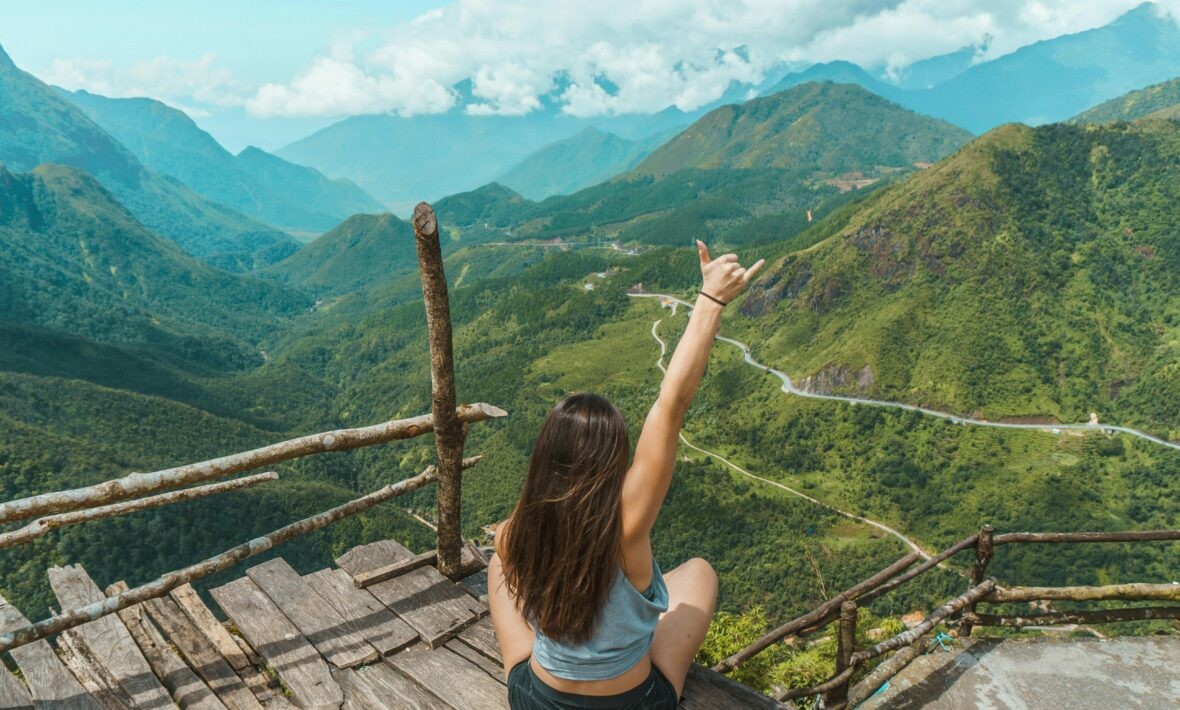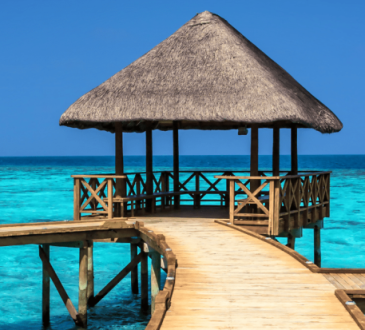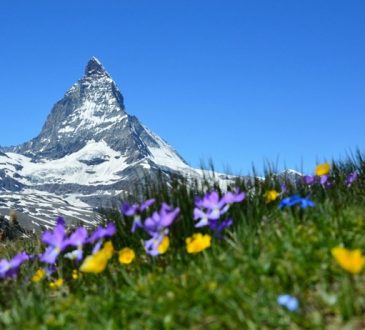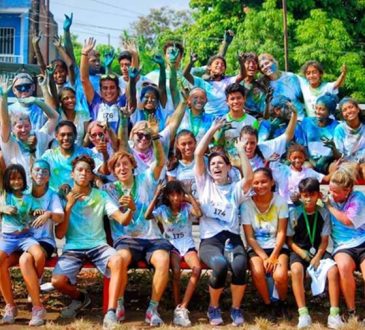
Trekking in Sapa, Vietnam, offers an unforgettable adventure through stunning landscapes and vibrant ethnic communities. To make the most of your trek, preparation and knowledge are key. Here are some essential tips for an enriching and enjoyable experience.
1. Understanding Sapa’s Unique Appeal
Sapa is renowned for its breathtaking scenery, including terraced rice fields, lush valleys, and towering mountains. The region is home to various ethnic minority groups, each with its unique culture and traditions. Trekking in Sapa provides a rare opportunity to immerse yourself in this rich cultural tapestry while enjoying the natural beauty.
2. Best Time to Trek
The best time to trek in Sapa is from September to November and from March to May. During these months, the weather is mild and dry, providing ideal trekking conditions. The autumn months offer golden rice terraces, while spring brings lush green landscapes. Avoid the rainy season from June to August, as trails can become slippery and challenging.
3. Choosing the Right Trek
Sapa offers a range of trekking options, from easy walks to challenging hikes. Beginners can opt for shorter treks around the Muong Hoa Valley, while experienced trekkers may prefer the more demanding routes to Fansipan, the highest peak in Indochina.
4. Hiring a Local Guide
Hiring a local guide enhances your trekking experience. Guides provide valuable insights into the culture, history, and geography of the area. They also ensure your safety on the trails. Many guides are from the local ethnic communities, offering a unique perspective and deeper connection to the region
5. What to Pack?
Packing the right gear is crucial for a comfortable trek. Essentials include sturdy hiking boots, breathable clothing, a waterproof jacket, and a hat. Bring a small backpack for carrying water, snacks, and personal items. Don’t forget sunscreen, insect repellent, and a first-aid kit. Layering your clothing helps adjust to changing weather conditions.
6. Staying in Homestays
Homestays offer an authentic and immersive experience. Staying with a local family provides insight into their daily lives and traditions. Homestays are generally comfortable and include meals. They are a great way to support the local economy and create meaningful connections with the community.
7. Respecting Local Culture
Respect for local culture is paramount when trekking in Sapa. Dress modestly, especially in villages, and ask for permission before taking photographs of people. Learn a few basic phrases in the local language to show appreciation. Participate in local customs and traditions with respect and an open mind.
8. Staying Hydrated and Nourished
Trekking can be physically demanding, so staying hydrated and well-nourished is essential. Carry enough water and drink regularly to avoid dehydration. Pack energy-boosting snacks like nuts, fruits, and energy bars. Local meals provided by homestays and guides are often nutritious and hearty, giving you the energy needed for your trek.
9. Safety Tips
Safety should always be a priority. Stick to marked trails and follow your guide’s instructions. Inform someone of your trekking plans and estimated return time. Be prepared for sudden weather changes, especially at higher altitudes.
10. Capturing the Experience
While capturing memories is important, remember to enjoy the moment. Sapa’s landscapes and cultural encounters are best experienced with all senses. Take time to soak in the views, interact with locals, and appreciate the journey.
Conclusion
Trekking in Sapa offers a unique blend of natural beauty and cultural richness. By choosing the right trek, packing appropriately, respecting local customs, and prioritizing safety, you can ensure a memorable and fulfilling adventure. Embrace the journey and let the enchanting landscapes and vibrant cultures of Sapa leave a lasting impression.




